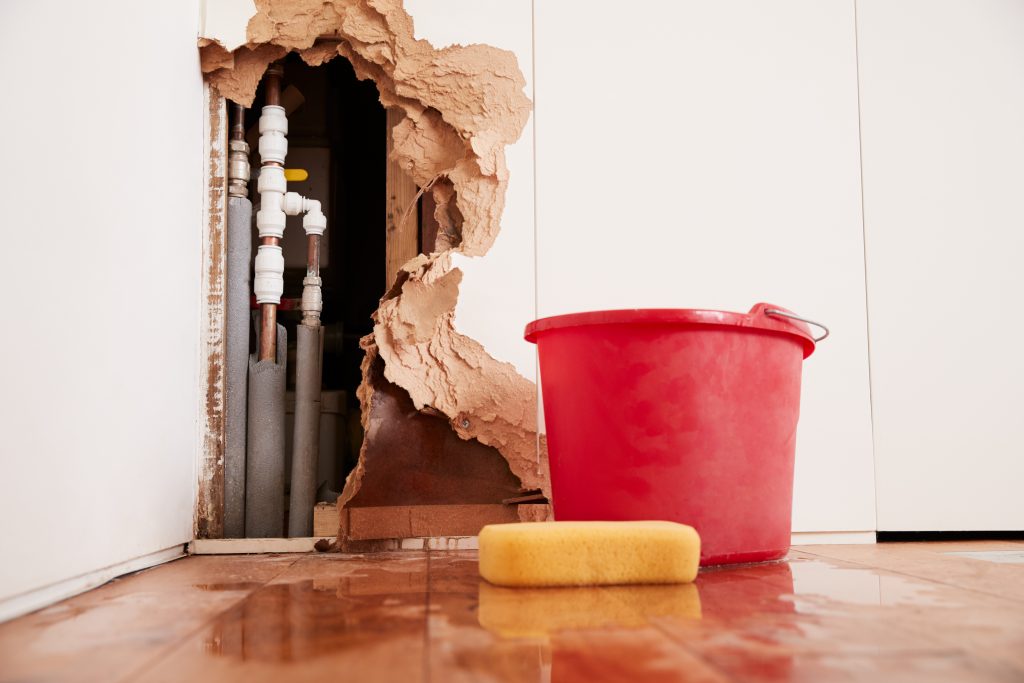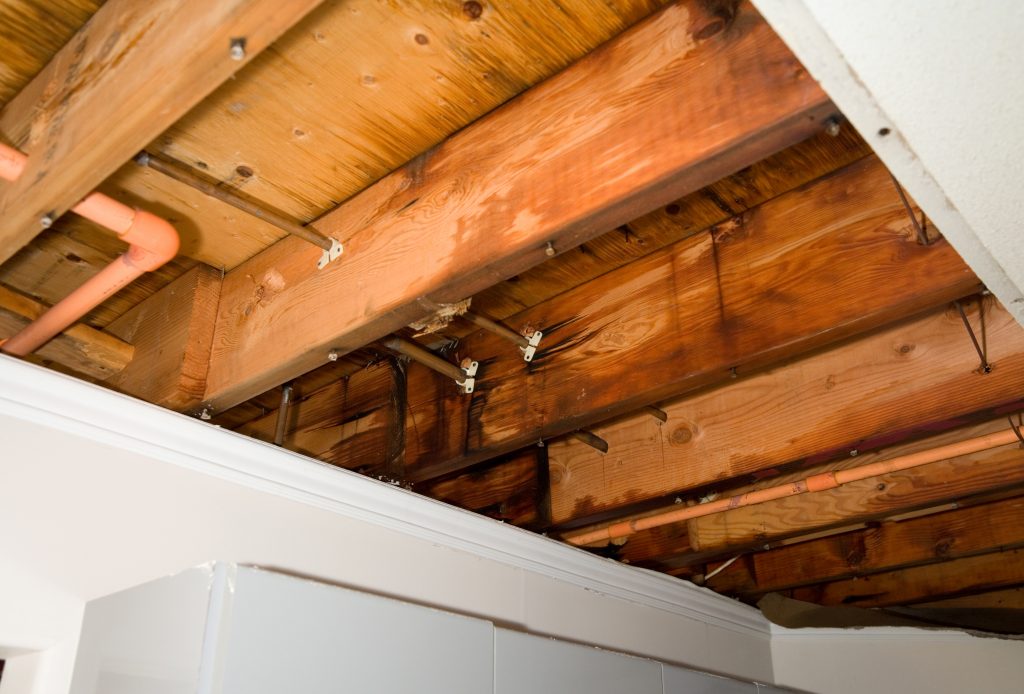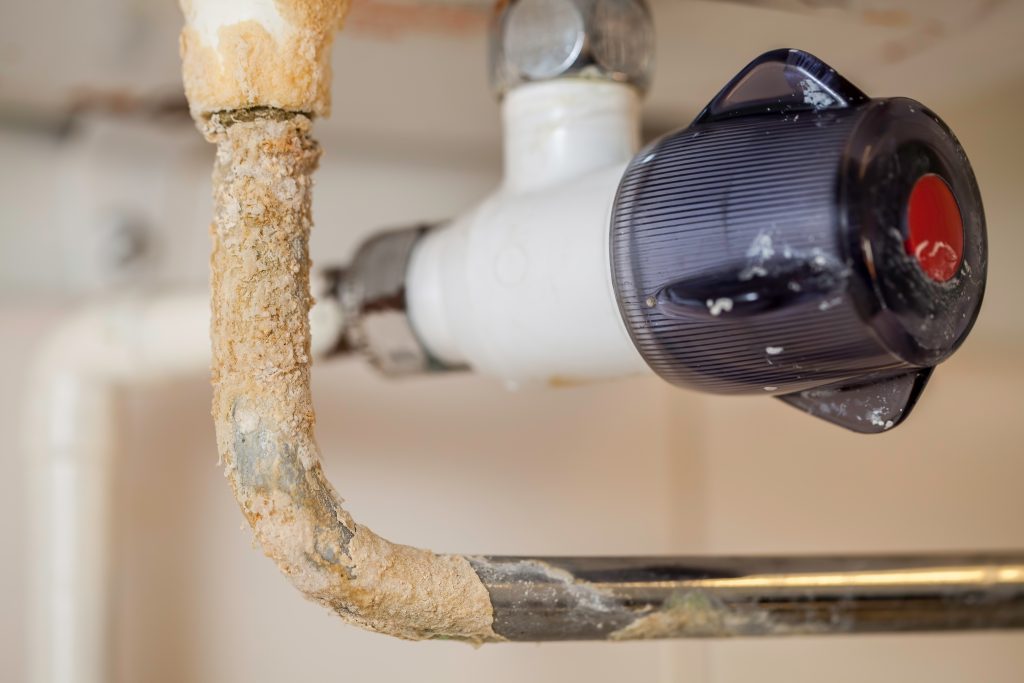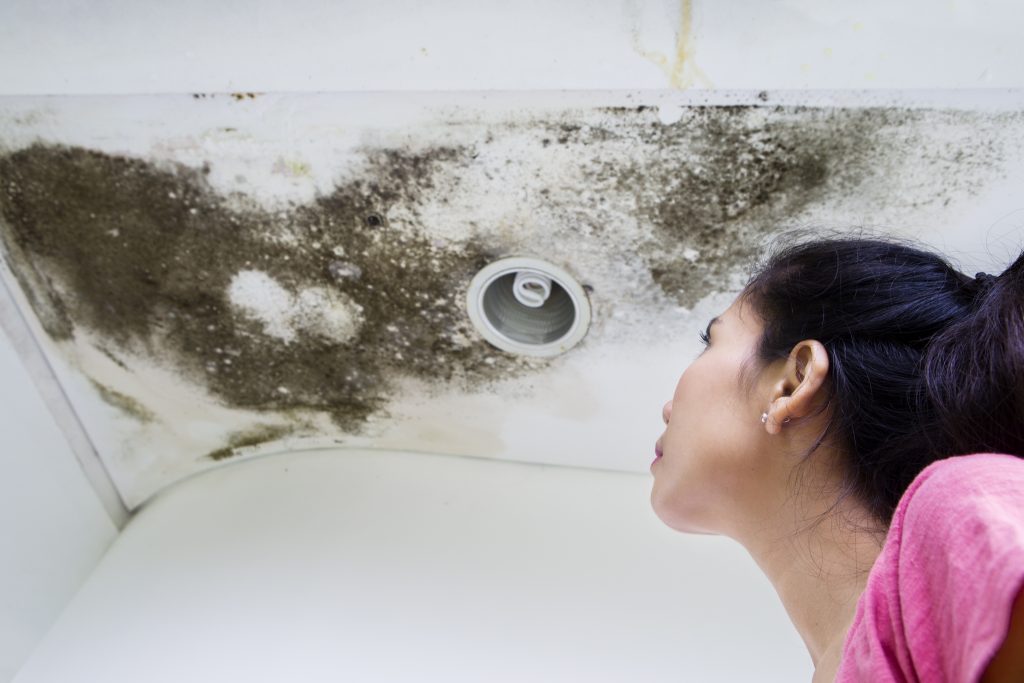
Each year, a good majority of reported building damages have been related to water. While not immediately thought of a threatening force, water can actually be a menace for your home. Most commonly, water damage manifests as leakages which typically occur at a fairly advance stage of water presence. As a homeowner, you would then be cautious against the possibility of your home house having water seepage.
In this article, we list the top five ways for you to check or stay vigilant for when guarding against water leaks.
Check Your Ceiling & Walls
During the early stages of water seepage, there are several symptoms for you to look out for. For starters, any yellowing or browning spots on your surfaces is indicative of heavy damp on the hidden side. When water enters your home, it typically accumulates in dark spaces behind your walls. As a damp environment is cultivated, it becomes ripe for mould growth which in turn facilitates decay. Once your walls’ materials start breaking down, the colour of the materials become yellow or brown.
By this same process, if you have a layer of paint over your walls, then you will likely find it flaking or having its colour becoming dull. As such, beyond a change of colour in your walls, if you find bits of dried paint on your floor, then it is likely that your walls are suffering from water damage as well.
A more advance method of testing your ceiling and walls would be to use a moisture monitor. This device allows you to take measurements of the amount of moisture in the environment. Subsequently, by comparing this reading with the average moisture reading in your area, you can infer if excessive damp has accumulated behind your walls.

Snoop Around the Attic
For private properties, attics are the top most level of your home, found right beneath your ceiling. Given that your ceilings are the most exposed exterior surface of your home to weather elements such as rain and wind, it should be no surprise that they are the most vulnerable to water seepage. As a result, your attic would be a place in your home where you will most likely find evidence of leakages.
When inspecting your home’s attic, remember to bring a torchlight in order to easily identify damp areas with mould or algae. Alternatively, you should also look out for any wet spots or be alert to musky smells within the space. Should you find any wet spots, be sure to leave a marking so that waterproofing contractors can check it while fixing your roof leakage.
Investigate your Roof’s Insulation
Naturally, if you find wet spots in your attic, then a next step that you can take would be to investigate your roof’s insulation.
You can start by checking for any cracked shingles, damaged fillings and other gaps that have appeared. These are all clear indicators of areas where rainwater could have easily entered your home. If your roof has undergone waterproofing in the past, then you should also check on the insulation material.
It is easier to inspect a roof that has gone through waterproofing than a roof that has not gone through that. The reason behind this is that the insulation material fades more noticeably than the roof itself.
Solving water leakages is also important because insulation that traps moisture could cause fast corrosion of roofing materials. Wet waterproofing materials also add to the weight of the whole roofing and poses a danger of bringing the roof down.

Check for Foreign Objects or Debris
Most homes have waterproofing systems that include fall design, guiding any fallen water swiftly away from your home. However, a weakness of such designs would be the landing of foreign objects or debris. This is particularly so for fallen leaves landing along the pathway or at designated drainage areas. These debris clog up the drainage path, reducing the rate at which water is led away from your home.
When water does not exit as quickly as planned, ponding occurs. Ponding refers to the formation of pools of water on your home’s surface. These bodies of water exert tremendous pressure on your home’s waterproofing system. Given sufficient volume or time, they are sure to allow for constant water seepage into your home.
Given the threat posed by debris to your home, regular clearing of fall paths should be done.
Investigating Pipe Leakages

Water leakages can occur from internal sources, and not just external surfaces such as your roof. Common internal water leakages include that of pipe leaks which occur due to excessive internal pressure or a misalignment in the pipe.
A quick test that you can perform for pipe leaks would be to turn off water supply in your home before observing your water metre for an hour or so. If there are significant changes, then it is likely due to a pipe leak in your home.
To avoid pipe leakages, we recommend actively preventing any debris from entering your drainage pipes. Commonly, human hair as well as food wastage are conveniently swept into your drain. Yet, these pipes are not a dustbin and thus become choked with such debris. This in turn increases the pressure exerted against its parts when water flows through it.
Getting Your Leakages Fixed
Upon discovering leaks in your home, you should engage a waterproofing specialist in Singapore to conduct a full diagnosis of your home before fixing the leak. In addition, their expertise will also be needed in order to provide maintenance works for your home’s existing waterproofing systems.
Are you looking for concrete repair services? Click here.
Proof-Tech Offers Tailored Services for your Waterproofing Needs
With more than 20 years of experience in waterproofing, roofing repair and maintenance, Proof-Tech Waterproofing & Maintenance Pte Ltd has worked its way up to be the top and leading specialist contractor in Singapore.
With projects ranging from commercial to private landed properties, Proof-Tech is popularly known for its low price, affordable, cost effective yet high quality workmanship. Having more than 180 experienced professionals working round the clock, be it our sales team, customer service officers or operation staff, our response time to our respected clients is almost immediate.



